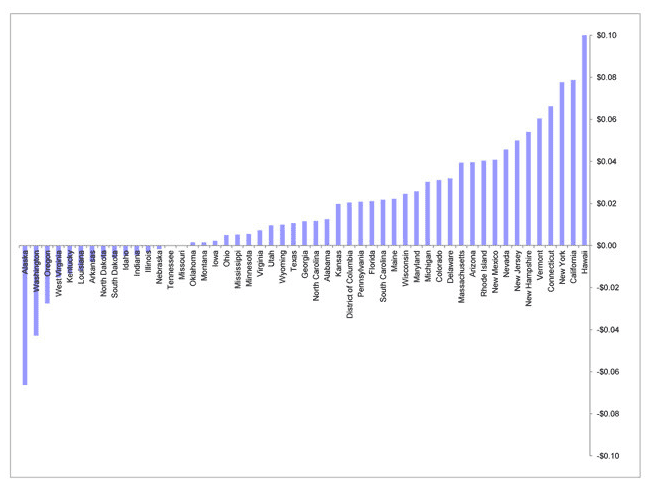Solar energy remains controversial in the US, with environmentalists seeing it as key salvation from a fossil-fuel centric energy landscape and rampant CO2 emissions, while critics say solar is a niche energy source that is dependent on government subsidies for survival and cite scandals such as the federal government's failed investment in solar panel maker Solyndra.
The equation, however, may be changing in solar's favor, with big implications for how companies power their factories, distribution centers and more.
A number of companies such as Toys R Us have been investing in solar to power DCs and more over the past few years (see Toys R Us to Use Giant Solar Panel System to Power New Jersey Distribution Center), but such moves have required substantial subsidies from governments and utilities to make the math work and achieve a good ROI.
Combine that with rapidly falling oil prices, expected to stay low through 2015, and some might expect interest in solar to wither a bit over coming months.
Think again. The continued decline in the cost of solar panels means solar energy is increasingly competitive versus "the grid," and will continue to gain advantage, experts say. Why? Because you can think of solar as a technology, while the grid is mostly powered by natural (and thus limited) resources.
Like virtually every other technology, however, solar panels are getting better and cheaper over time. They may not quite follow Moore's Law for computer chips, but the progress is clear and consistent.
A new report from the Energy Department's National Renewable Energy Laboratory (NREL) and Lawrence Berkeley National Laboratory (LBNL) says that the price of utility-scale solar power is 59% below where analysts thought it would be at this point when estimates were made back in 2010.
In addition, the price of a solar system a household or business might install on its roof dropped 12 to 15% between 2012 and 2013. Depending on where it's located and local market dynamic, the cost could fall another 3 to 12% by the end of 2014.
According to another new report from Deutsche Bank this week, solar electricity is on track to be as cheap or cheaper than average electricity-bill prices in 47 US states by in 2016, if the current 30% tax credit on system costs, set to expire also in 2016, are maintained, a likely though not certain possibility.
The report also says that even if the tax credit falls to just 10%, solar will soon reach price parity with conventional electricity 36 states.
The chart below shows how far solar will come out ahead in each state in 2016, assuming a scenario of tax credits of just 10%. The blue bars show the anticipated cost of average electricity prices minus the cost of solar (assuming a conservative 20-year lifespan for the panels). Positive numbers therefore indicate the savings for every kilowatt hour of electricity.
Solar Electricity Rate Advantage by 2016 over the Grid by State

Source: Deutsche Bank
Solar has already reached grid parity in 10 states that are responsible for about 90% of U.S. solar electricity production. In those 10 states, installed capacity growth will increase as much as 600% over the next three to four years, Deutsche Bank analyst Vishal Shaw said in his research note.
What's more, solar will be the world's biggest single source of energy by 2050, according to a recent estimate by the International Energy Agency. Currently, it's responsible for just a fraction of 1% of total energy.
According to some analysts, the cost of solar power when the cost of installation, maintenance, investment, depreciation, and all the other factors in an energy source's life cycle are accounted for is already at the same price as the equivalent cost of conventional electricity in countries like Italy and Germany. And solar energy costs are likely to become competitive with that of natural gas in nearly every country in the world by 2025.
All this of course can have big implications for the supply chain. Solar projects for plants, DCs or office buildings that perhaps did not look attractive from a financial perspective a few years ago may look much better today or over the next few years.
Second, those internal projects – or solar conversion by local utilities – could quickly help a company reduce its total carbon footprint and help achieve or surpass CO2 emissions goals.
The solar energy sun may indeed really be rising
WDo you see a bright future for solar? Why or why not? Let us know your thoughts at the Feedback button below.

TheGreenSupplyChain.com is now Twittering! Follow us at www.twitter.com/greenscm
|